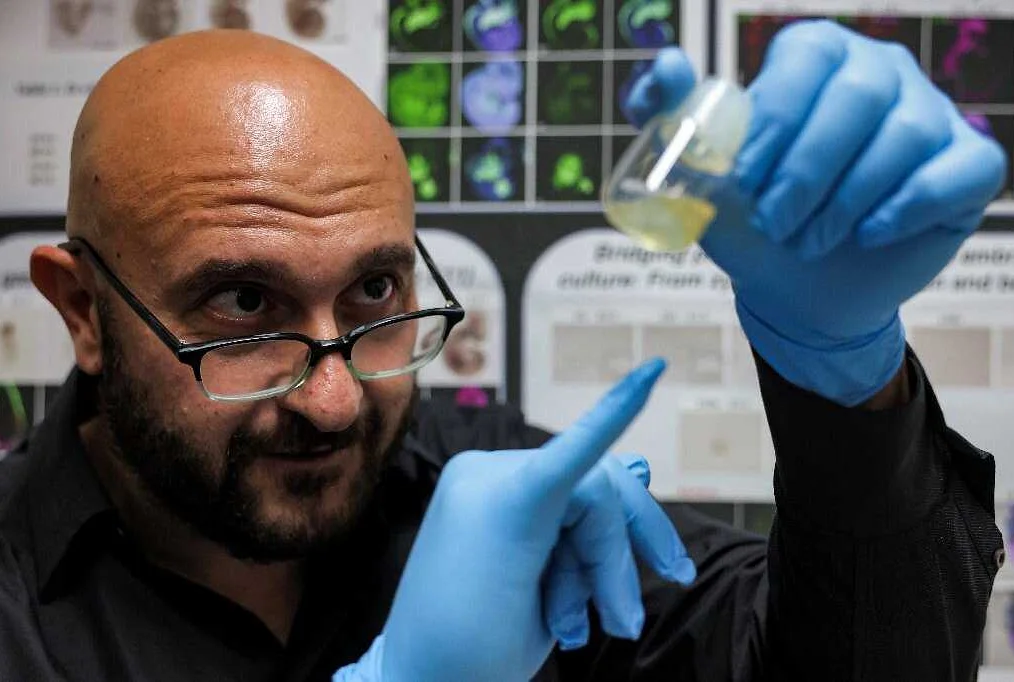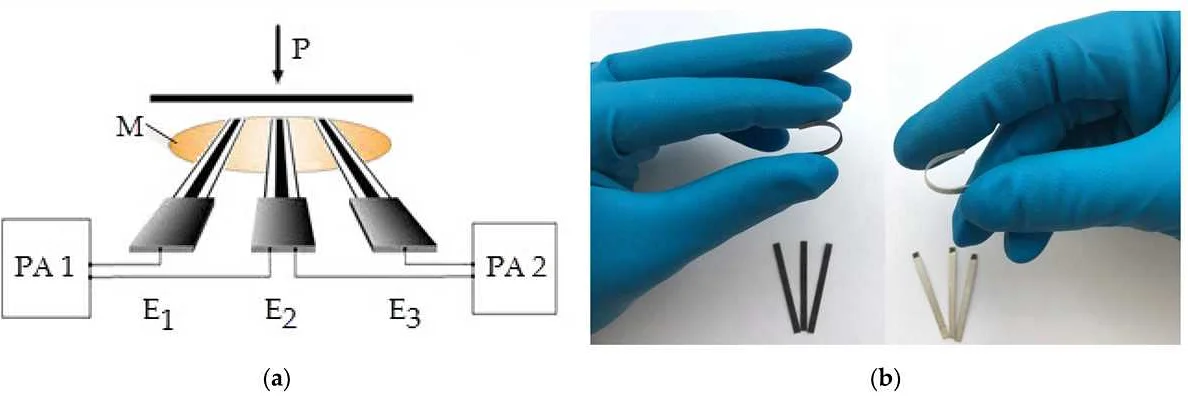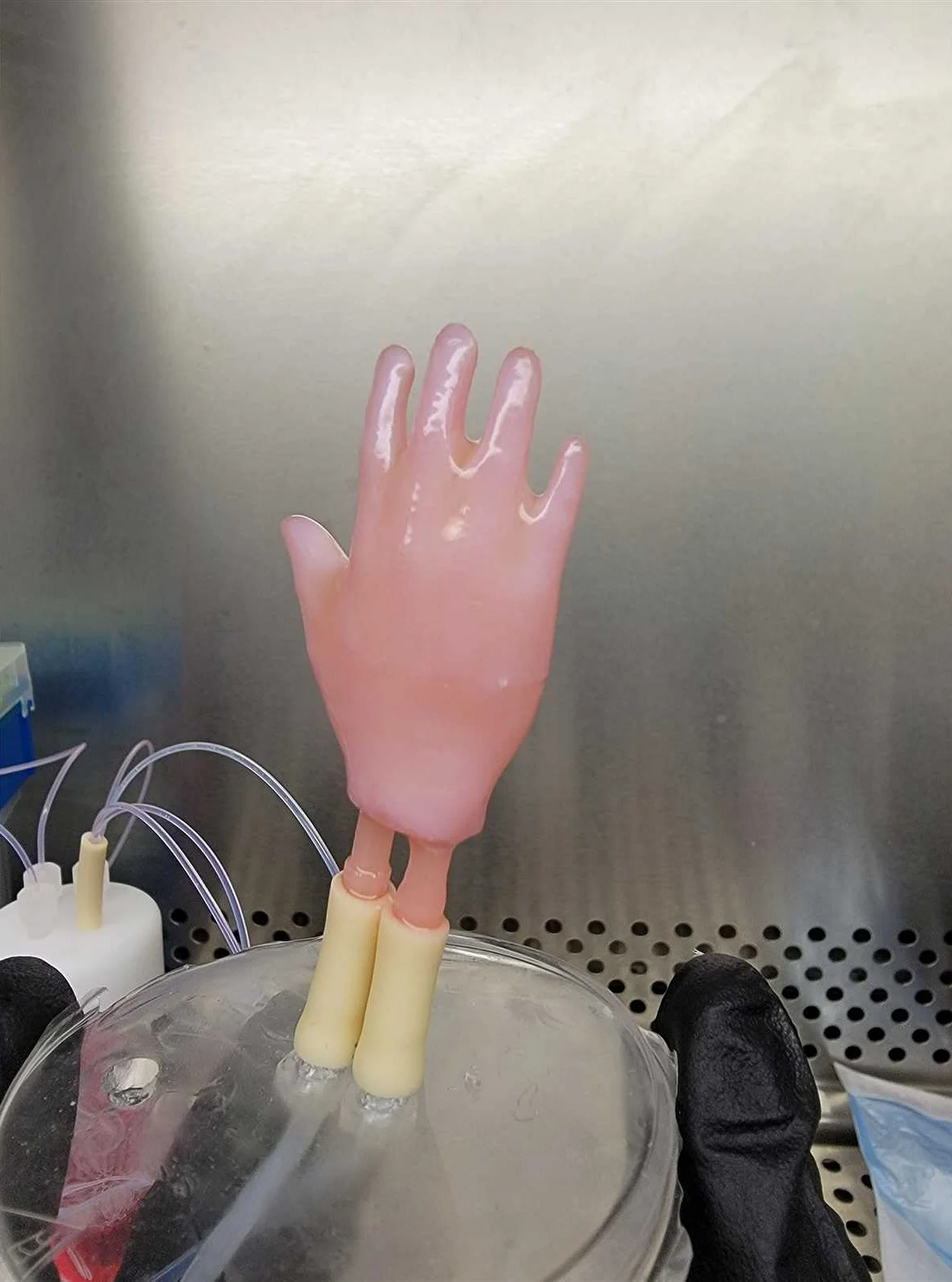St. Petersburg doctors are preparing to grow artificial human skin
Содержимое
- 1 St. Petersburg doctors are preparing to grow artificial human skin
- 1.1 Advancements in St. Petersburg Medical Community
- 1.2 Innovative Approach to Artificial Human Skin Cultivation
- 1.3 Revolutionary Breakthrough in Medical Research
- 1.4 Collaboration between Scientists and Dermatologists
- 1.5 New Hope for Burn Victims and Patients with Skin Disorders
- 1.6 Video on the topic:
Learn how doctors in St. Petersburg are developing the technology to grow artificial human skin, revolutionizing the field of medical treatments and offering hope for patients with severe burns and chronic wounds.
In a groundbreaking development, a team of doctors in St. Petersburg is poised to revolutionize the field of regenerative medicine by cultivating artificial human skin. This breakthrough technology promises to offer hope to countless patients suffering from severe burns, chronic wounds, and other skin-related conditions.
Traditionally, skin grafting has been the primary method of treating burn victims and patients with extensive skin injuries. However, this approach is not without its limitations, such as the scarcity of donor skin and the risk of rejection. With the advent of artificial human skin, these challenges could soon become a thing of the past.
The innovative technique involves growing skin cells in a laboratory setting, mimicking the natural structure and function of human skin. By combining various types of cells, including epidermal cells, dermal cells, and fibroblast cells, the researchers aim to create a fully functional substitute for damaged or lost skin. This bioengineered skin could potentially provide a permanent solution for patients in need of skin transplantation.
The benefits of artificial human skin extend beyond its potential as a replacement for traditional skin grafts. This technology could also be used for cosmetic purposes, allowing individuals to improve the appearance of scars, wrinkles, and other imperfections. Furthermore, the ability to grow skin in a controlled environment opens up new possibilities for pharmaceutical and cosmetic testing, reducing the need for animal testing and providing a more accurate representation of human skin.
Advancements in St. Petersburg Medical Community

St. Petersburg is at the forefront of medical breakthroughs, and the city’s doctors are constantly pushing the boundaries of scientific research. One of the latest advancements is the cultivation of artificial human skin that has potential to revolutionize the field of medicine.
This innovative technology, developed by a team of talented doctors and scientists, allows for the creation of human skin in a laboratory setting. This artificial skin has the same characteristics and properties as natural skin, making it a valuable resource for various medical applications.
By cultivating artificial human skin, doctors in St. Petersburg can now conduct experiments and test new treatments without the need for animal testing or human trials. This not only saves time and resources but also reduces ethical concerns associated with traditional testing methods.
The artificial skin can be used for a wide range of purposes, including wound healing, cosmetic testing, and drug development. It provides a realistic model for studying the effects of different substances on the human body, allowing doctors to better understand their impact before administering them to patients.
Additionally, the cultivation of artificial human skin opens up new possibilities in the field of regenerative medicine. Doctors can now create personalized skin grafts for patients with burns or other skin injuries, improving their chances of successful healing and reducing the risk of complications.
This groundbreaking technology is a testament to the dedication and expertise of St. Petersburg’s medical community. By continuously pushing the boundaries of scientific research, doctors in the city are changing the face of medicine and improving the lives of countless individuals.
Innovative Approach to Artificial Human Skin Cultivation

St. Petersburg doctors are revolutionizing the field of medicine with their pioneering approach to cultivating artificial human skin. This ground-breaking technique, developed by a team of experts, has the potential to transform the lives of burn victims and individuals with severe skin injuries.
Unlike traditional methods of creating artificial skin, which often involve using animal or synthetic materials, these doctors have found a way to generate human-like skin in a laboratory setting. This cutting-edge technique involves taking a small sample of a patient’s own skin cells and using them to grow new layers of skin that are virtually identical to the original tissue.
The process begins by isolating the patient’s skin cells and culturing them in a nutrient-rich environment. The cells are then carefully manipulated to promote cell division and growth. Through precise manipulation of growth factors and other biomolecules, the doctors are able to coax the cells to differentiate into functional skin cells.
The result is a remarkable achievement – laboratory-grown skin that is biologically and structurally similar to natural skin. This artificial skin has the potential to be used in a variety of medical applications, including grafts for burn patients, treatment of chronic wounds, and testing of new cosmetic products.
One of the major advantages of this innovative approach is that it eliminates the need to source skin from donors, which can be a time-consuming and ethically complex process. By using the patient’s own cells, the doctors can minimize the risk of rejection and potential complications associated with traditional skin grafts.
The team of doctors in St. Petersburg is currently conducting further research and clinical trials to ensure the safety and efficacy of this ground-breaking technique. They hope that in the near future, artificial human skin cultivation will become a standard practice in the field of medicine, providing patients with a more effective and sustainable solution for their skin injuries.
This innovative approach to cultivating artificial human skin has the potential to revolutionize the field of medicine and provide new hope for individuals in need. With further advancements and widespread adoption, this technique could pave the way for a future where the boundaries between natural and artificial skin are blurred, leading to improved outcomes for patients worldwide.
Revolutionary Breakthrough in Medical Research

Using cutting-edge technology and advanced laboratory techniques, the team of doctors has been able to successfully grow artificial human skin that closely resembles natural skin in both structure and function. This breakthrough has enormous implications for patients who require skin grafts or face challenges in skin regeneration.
The artificial skin is created by cultivating human cells in a laboratory environment, allowing them to grow and form a tissue-like structure. The cells used for this groundbreaking research are carefully selected and undergo a rigorous process of cultivation to ensure their viability and compatibility with the human body.
By producing artificial human skin, doctors will be able to provide patients with a more reliable and readily available treatment option. Currently, the shortage of donor skin limits the effectiveness of skin graft procedures and delays treatment for many patients in need. With the production of artificial skin, this barrier can be overcome, and patients can receive timely and effective treatment.
In addition to addressing the shortage of donor skin, the cultivation of artificial human skin offers the potential for personalized medicine. Doctors can tailor the artificial skin to the specific needs of each patient, ensuring better compatibility and improved outcomes. This individualized approach has the potential to revolutionize the treatment of burns, chronic wounds, and skin disorders.
The breakthrough in cultivating artificial human skin is a significant milestone in medical research and has the potential to transform patient care. With further advancements and refinement, this technology could lead to the development of new therapies and treatments for a wide range of medical conditions.
Collaboration between Scientists and Dermatologists
In the field of medical research, collaboration is key to advancing scientific knowledge and developing innovative solutions. This is especially true in the case of cultivating artificial human skin, where the expertise of both scientists and dermatologists is crucial.
Scientists and dermatologists work hand in hand to develop and refine the process of growing artificial human skin. Scientists provide their expertise in tissue engineering and cell culture techniques, while dermatologists offer their extensive knowledge of the structure and function of human skin.
Together, they conduct experiments to find the optimal conditions for growing artificial skin that closely resembles the properties of natural skin. This involves studying the growth factors, scaffolds, and cell types needed to recreate the structure and function of skin cells.
Scientists and dermatologists also collaborate to develop new techniques for the application and transplantation of artificial skin. They work together to refine the methods used to graft artificial skin onto patients, ensuring that it adheres properly and integrates with the surrounding tissue.
Additionally, collaboration between scientists and dermatologists is crucial in the testing and validation of artificial skin. Dermatologists provide their clinical expertise to evaluate the performance and safety of the cultivated skin, ensuring that it meets the necessary standards before it can be used for medical purposes.
Overall, the collaboration between scientists and dermatologists is essential in the development of artificial human skin. Their combined expertise and interdisciplinary approach create a synergy that drives the advancement of this field and brings us closer to finding solutions for patients in need of skin grafts and other dermatological treatments.
New Hope for Burn Victims and Patients with Skin Disorders

Burn victims and patients with skin disorders may soon have a groundbreaking solution thanks to the efforts of St. Petersburg doctors. These medical professionals are on the verge of cultivating artificial human skin, which could revolutionize the field of regenerative medicine.
Currently, burn victims undergo painful treatments such as grafting, where healthy skin is transplanted from one area of the body to the burned area. However, this method often results in scarring and limited mobility.
The cultivation of artificial human skin offers a promising alternative. This innovative procedure involves growing skin cells in a laboratory using a patient’s own cells as a base. The artificial skin, once developed, could be transplanted onto the burned area, eliminating the need for painful grafting procedures.
Not only does this technique offer hope for burn victims, but it also holds great potential for patients with skin disorders such as epidermolysis bullosa or severe acne. These individuals often experience pain, discomfort, and social stigma due to their skin condition.
If successful, the cultivation of artificial human skin could provide a long-awaited solution for these patients, improving their quality of life and reducing their dependence on extensive medical treatments.
The St. Petersburg doctors leading this groundbreaking research are hopeful that their work will soon pave the way for a new era in regenerative medicine. They believe that their breakthrough could offer hope not only for burn victims and patients with skin disorders but for patients with other tissue-related medical conditions as well.
While there is still much to be done before this technology becomes widely available, the potential impact it could have on the lives of patients is immense. This development brings new hope to those who have long suffered from burns and skin disorders, offering the possibility of a brighter future.